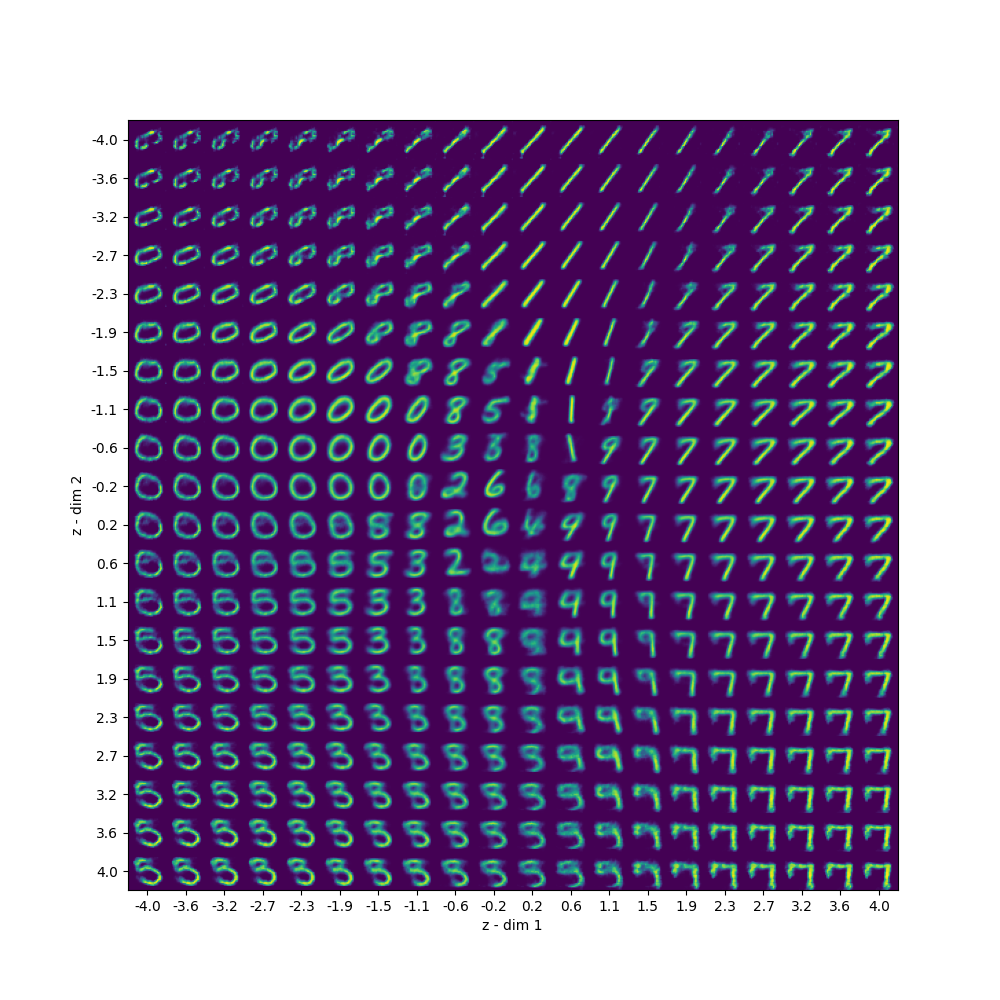
Understanding Backpropagation Through Time
Backpropagation Through Time (BPTT) is an extension of backpropagation algorithm for training RNNs. Furthermore, it addresses the unique challenges we face with the recurrent nature of these networks by unfolding the RNN through time.
In recent years, artificial intelligence has taken the world by the storm. Because of machine learning algorithms and deep learning techniques, we’re able to solve complex problems across various domains.
Among these techniques are Recurrent Neural Networks (RNNs), which are a powerful method for modeling temporal sequences and time-dependent patterns.
The secret sauce behind RNNs’ remarkable capabilities is an algorithm we call Backpropagation Through Time (BPTT). In this article, we will delve into the inner workings of BPTT, explaining its intricacies, implementation and real-world applications.
Understaning Recurrent Neural Networks
Before diving into BPTT, it’s crucial we understand the fundamental concept of Recurrent Neural Networks.
Unlike traditional feedforward neural networks, where information flows in one direction from input to output layers, RNNs possess cyclic connections that allow them to maintain an internal state or memory.
Furthermore, this memory allows RNNs to capture dependencies in sequences of data. Therefore making them ideal for tasks such as speech recognition, natural language processing and time-series prediction.
Backpropagation: The Foundation of Backpropagation Through Time
Backpropagation is a supervised learning algorithm we use for training artificial neural networks. It computes the gradient of the loss function concerning each weight by propagating the error backward through the network.
Furthermore, we use this gradient to update the weights, which will allow the network to learn from input-output pairs iteratively.
The purpose of these gradients is so we can update weights values in the negative direction of the gradient. We also know this part of the algorithm by the name Gradient Descent.
The Essence of Backpropagation Through Time
As we mentioned before, Backpropagation Through Time (BPTT) is an extension of the backpropagation algorithm. The reason for a need of such algorithm arises when we’re dealing with sequential data.
Furthermore, if we want an artificial neural network to learn patterns that are in specific sequences, they need to be able to have some sort of short-term memory.
And this is exactly what BPTT enables us to do. Moreover, it works by unfolding the RNN through time, which creates a feedforward network which we can train using traditional backpropagation.
In other words, during the unfolding process, BPTT replicates RNN for each time step in the input sequence, meanwhile all steps share the same weights. Furthermore, we can train this unfolded network with standard backpropagation algorithm.
Addressing the Challenges: Vanishing and Exploding Gradients
Backpropagation Through Time doesn’t come without its challenges, with the vanishing and exploding gradient problems being the most significant.
Furthermore, these issues arise when the gradients of the loss function either become too small (vanishing) or too large (exploding), which makes it difficult for the network to learn long-range dependencies.
In other words, these problems limit the effective range of the short-term memory our RNN has. Which means our RNNs can work well only for short sequences. Therefore, we can rarely use them in practice effectively without mitigating this problem.
Luckily, there already are several methods to address this problem.
Gradient Clipping
This technique involves limiting the size of the gradient, which prevents it from becoming too large. To explain what happens with exploding gradient problem, it causes instability during training and disables networks ability to learn.
Long Short-Term Memory (LSTM) Networks
LSTM is a type of RNN, which addresses the vanishing gradient problem and enables the network to learn long-range dependencies. In order to do that, it uses gating mechanisms to control the flow of information.
In other words, these gating mechanisms give it a longer short-term memory, so it can effectively learn patterns from longer sequences.
Gated Recurrent Units (GRUs)
GRUs are another type of RNNs that employ gating mechanisms similar to LSTM. However, these algorithms have simpler architecture, which also makes them computationally less expensive.
Real-world Applications of Backpropagation Through Time
There are already several systems which successfully employ the BPTT in practice, such as natural language processing, speech recognition and time-series prediction.
For example, in natural language processing domain, we can use it for machine translation, sentiment analysis and text summarization.
Furthermore, in speech recognition, they show exceptional performance in recognizing and transcribing any spoken language.
And lastly, in time-series prediction domain, they excel in predicting financial market trends, weather patterns and equipment maintenance requirements.
Conclusion
To conclude, Backpropagation Through Time is a very useful algorithm for training artificial neural networks on time sensitive sequences.
I hope this article helped you gain a better understanding about this part of recurrent neural networks and perhaps even inspire you to learn even more.


